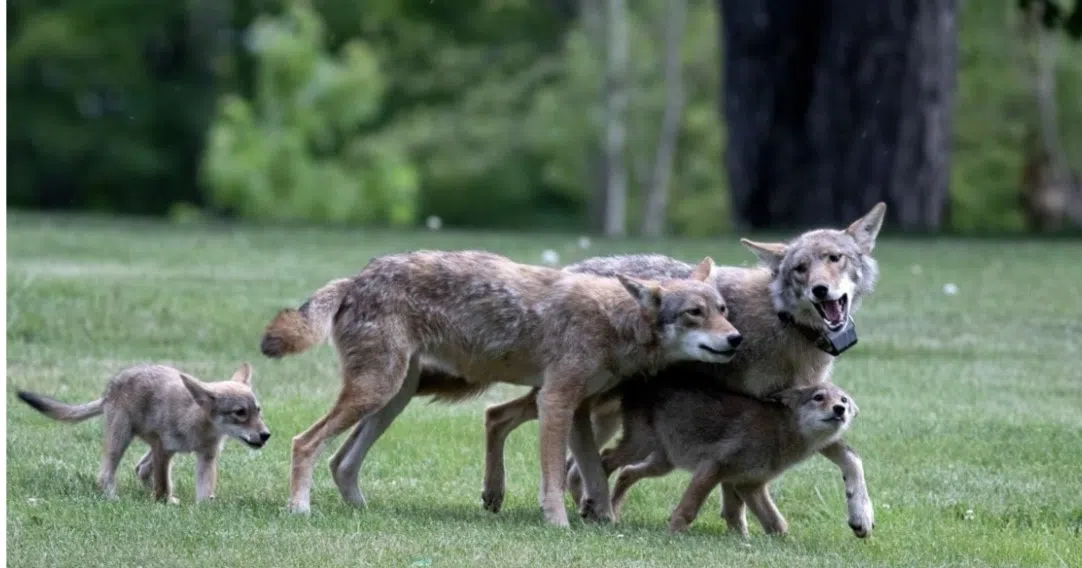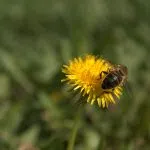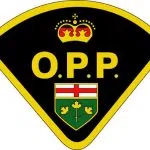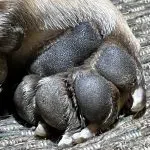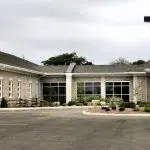A Scarborough coyote has a new permanent home at Aspen Valley Wildlife Sanctuary Rosseau.
In recent weeks, there has been a large-scale effort to resolve the situation with coyotes in Pine Hills Cemetery in Scarborough and the surrounding neighbourhood.
Toronto Animal Services, Coyote Watch Canada and Toronto Wildlife Centre (TWC) have been working to educate residents, identify and limit food sources for coyotes, and have initiated an aversive conditioning program.
The focus of much of the attention has been on the collared coyote, known as “Urban 23” by Ministry of Northern Development, Mines, Natural Resources and Forestry (MNDMNRF).
Despite these initiatives, the widespread media coverage, and educational signs posted throughout the neighbourhood, feeding of the animals has continued – especially in the cemetery.
One person was even seen walking past a sign that warned of the dangers of feeding, with food in their hand for a coyote. Some residents are very concerned about the presence of food and/or human conditioned coyotes.
Although coyote experts agree that the behaviour of the collared animal was not aggressive, his comfort level around people continued – reinforced by the food rewards he continued to receive – to the point where his behaviour was no longer considered acceptable by City officials. A coyote or other wild animal whose behaviour has been significantly changed by feeding could potentially hurt someone, even if the animal is playing or merely seeking a food treat.
A carefully planned and highly coordinated capture effort by a wildlife veterinarian, MNDMNRF staff tracking the collared coyote with telemetry equipment, and TWC’s Rescue Team, who have extensive experience catching coyotes, was carried out successfully on August 9th. The coyote was tracked and located inside a construction yard. He was tucked away under some waste rubble, where he had taken shelter to get out of the heat. Once approached, he came out of his resting spot.
He then paused to assess who was there. During this pause, a dart with a sedative was deployed and within minutes he was immobilized. Urban 23 had a quick exam and check of his vital signs, then was administered a reversal agent and taken back to TWC to recover.
What will happen to Urban 23 now?
Aspen Valley Wildlife Sanctuary (AVWS) has agreed to accept Urban 23 as a permanent resident.
They are a registered charity in the Muskoka area and, like Toronto Wildlife Centre, are dedicated to the rescue and release of injured, sick and orphaned wildlife.
Fortunately for Urban 23, AVWS is also able to provide permanent homes to roughly 30 animals due to instances of human interference such as this.
“While we are pleased to welcome Urban 23 as a permanent wildlife resident, it saddens us to know that this outcome was entirely avoidable,” said Linda Glimps, Executive Director, Aspen Valley Wildlife Sanctuary. “Urban 23 will become part of our guided tours, which serve to educate the public on the negative impact of human interference, including feeding wildlife.”
Of greatest concern to all involved is that the feeding continues, and there are other coyotes in the neighbourhood being affected by it. In fact, feeding of coyotes is happening right now in many neighbourhoods across Toronto and even across Canada. Human behaviour needs to change, because wild animals fall victim as a result. “Eastern coyotes are resilient and capable providers for their families. Food handouts are extremely harmful and negatively impact their natural foraging and hunting behaviour. Food rewards encourage unhealthy boundaries between people and wildlife. Coyotes are deserving of our utmost respect, reverence and restraint.”
Lesley Sampson, Founding Executive Director, Coyote Watch Canada The uniqueness of this situation was what allowed this coyote to be captured. Urban 23, whose behaviour has been changed by the feeders, was a collared animal as part of an MNDMNRF study. Following release by TWC after being treated for mange, he became food and/or human conditioned due to feeding and therefore was easier to lure in.
Moreover, many individuals and organizations were willing to dedicate time and resources to resolving this problem – recognizing that it wasn’t the coyote’s fault.” “Some might consider this a happy ending, but we think the whole situation is just so sad,” said Nathalie Karvonen, Executive Director of Toronto Wildlife Centre. “This coyote’s whole life has been changed, his whole future as a wild animal taken away, by the thoughtless and selfish actions of the people who refused to stop feeding him.” What can you do? If you are in Toronto, ask your councillor to support a bylaw to expand the no feeding bylaw for wildlife to private land (not just city parks). If you are in another municipality, check your bylaws to see if they need to be changed as well, and encourage your councillor to take action.
If you see someone feeding a wild animal, speak out if you are comfortable doing so. Coyotes are not the only wild animals who suffer because of human feeding. Let’s make the feeding of wild animals like coyotes socially unacceptable – for the good of both people and wild animals.
If you are able, please visit www.aspenvalley.ca to support Urban 23 and fellow residents at the sanctuary. Like Toronto Wildlife Centre, AVWS receives no government funding and is entirely dependent on its donors and volunteers. Your donation makes a difference to wildlife in need.
Let’s all find the best way to live with our wild neighbours, so that no more healthy wild animals need to be taken from the wild.

